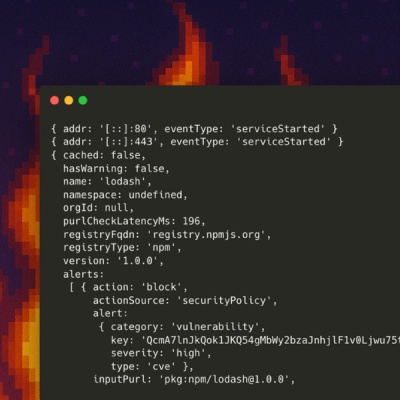🥞 min-heap
A Min Heap data structure for use in JavaScript
Usage
Install it:
npm install @andrewrubin/min-heap
Import it:
import MinHeap from "@andrewrubin/min-heap";
Use it:
const minHeap = new MinHeap();
minHeap.insert(22);
minHeap.insert(6);
minHeap.insert(-2);
minHeap.peek();
minHeap.pull();
minHeap.isEmpty();
Optional: custom comparison
MinHeap's default behavior is to directly compare the values of nodes (consider the usage example above, where the inserted values are integers). However, if your data takes on a different form, MinHeap allows you to pass a custom comparison callback to its constructor.
The comparison callback receives two arguments: each is a node to compare within the heap. The comparison function is expected to return true if the second node passed is greater than the first, and false otherwise (technically "greater than" could mean anything — how you prioritize your data is up to you!).
"Nodes" in this implementation of a min heap are always objects (specifically, instances of the HeapNode class defined in the source code) which MinHeap creates upon calling insert(value). You can access a node's value for comparison via node.value.
In the example below, we need the priority of nodes to be based on their values' birth year.
Custom comparison example:
import MinHeap from "@andrewrubin/min-heap";
const john = {
firstName: "John",
lastName: "Lennon",
birthDate: {
month: 10,
day: 9,
year: 1940,
},
};
const paul = {
firstName: "Paul",
lastName: "McCartney",
birthDate: {
month: 6,
day: 18,
year: 1942,
},
};
const george = {
firstName: "George",
lastName: "Harrison",
birthDate: {
month: 2,
day: 25,
year: 1943,
},
};
const comparisonFunction = (nodeA, nodeB) => {
const yearA = nodeA.value.birthDate.year;
const yearB = nodeB.value.birthDate.year;
return yearB > yearA;
};
const minHeap = new MinHeap(comparisonFunction);
minHeap.insert(paul);
minHeap.insert(john);
minHeap.insert(george);
minHeap.peek();



